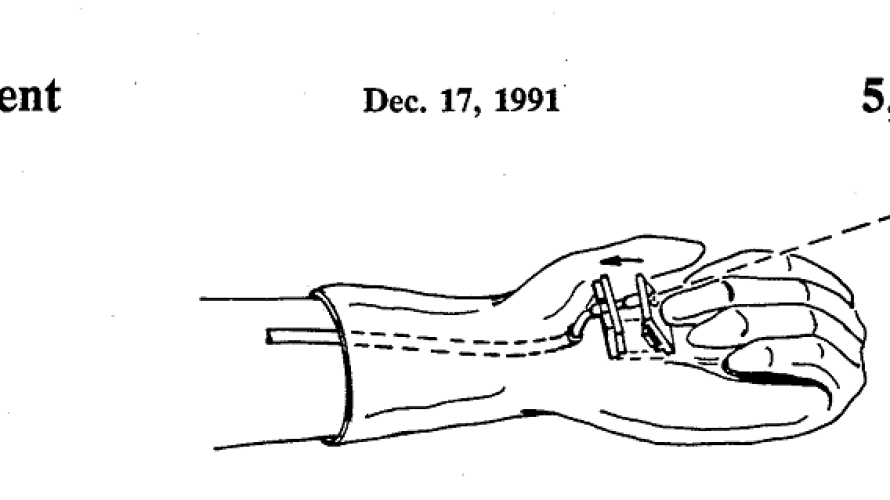Paying Royalties Beyond Patent Life Still Illegal

In case you missed it, earlier this year the United States Supreme Court upheld its controversial 1964 decision that it is illegal, and thus unenforceable, to require a licensee/assignee of a patent to pay royalties beyond the patent’s expiration date.
The Court in Kimble v. Marvel Entertainment reaffirmed the 1964 decision. Basically, so the argument goes, a patent gives the owner a set term in which to exclude others from practicing the invention. Once that term ends, all are free to practice the invention without compensation to the patent owner.
While seemingly acknowledging the frailness of its conclusions, the Court based its decision in large part on stare decisis, a concept that apparently gets Supreme Court scholars really excited. Stare decisis basically means that the Court should not generally reverse its earlier decisions, particularly as they relate to interpretation of statutes (in this case, the Patent Act). A byproduct of stare decisis is that Congress has the right to amend the Patent Act to reverse the Court’s decision if Congress disagrees with it. To date, Congress has yet to take such action.
Of course, all of this ignores the fact that the decision interferes with the parties’ rights to contract as they see fit. There are many economic reasons why parties would prefer to extend royalties over a longer period. Chief among them from a licensee’s/assignee’s perspective- it allows licensees/assignees to pay a lower royalty rate over a longer period than a quite higher royalty rate squeezed into the term of the patent. The economic ramifications are even more pronounced in the life sciences context, where a therapeutic or medical device takes years to develop before the invention produces any royalty-bearing sales. The economic life of the patent is much shorter, prompting the patent owner to require higher upfront fees and royalties.
All is not lost, however. The Court did not preclude a patent owner from receiving compensation post patent term, and there are certainly ways to structure a license/assignment so the patent owner receives the full economic value of its invention. One example is to attribute the royalty to both the patented invention and non-patented know-how. Once the patent term expires, the royalty rate is reduced in recognition of the loss in value of the patent, while also recognizing the continued value of the know-how.
Time will tell whether Congress acts to correct this “obvious mistake” (Justice Alito’s dissenting words, not mine, although I rather like them in this context). In the meantime, one of the many things I find interesting about the case is that the technology at issue relates to an invention incorporated into a Spider-Man toy. Not to diminish the importance of toys in our society, but can you imagine how much higher the stakes will be when the invention is a lifesaving drug?
If you have questions or want more information, please comment below, email me or connect with me on LinkedIn or Twitter.
The blog content should not be construed as legal advice.


Show Comments / Leave a Comment
Comments
There are no comments yet.
Leave a Comment